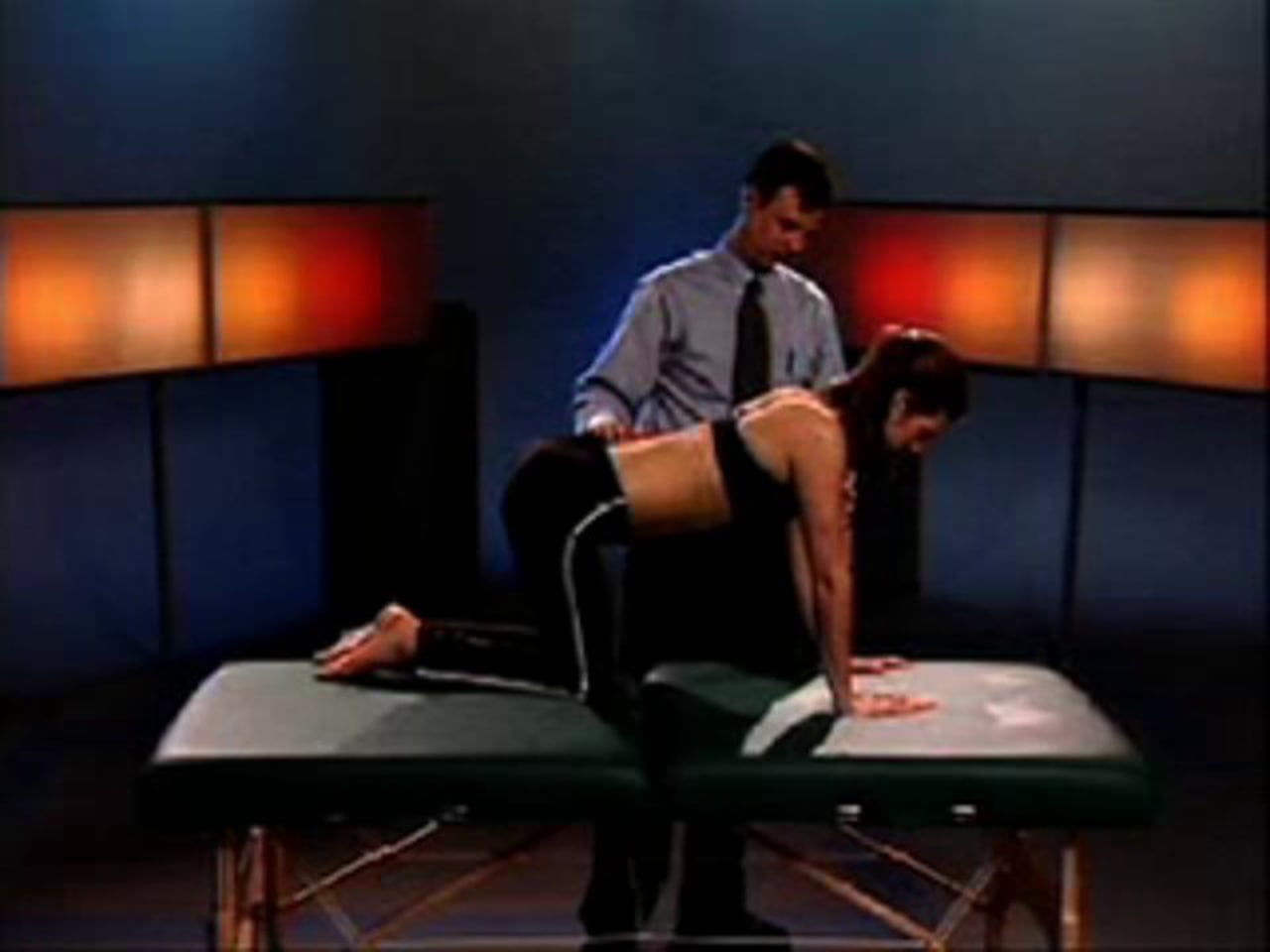As any amateur or professional athlete will know, when you injure yourself, it can have an adverse impact on your training schedule. However, it is important that you look after yourself during your recovery and that when you return to injury, you do the right things to prevent the injury from reoccurring or worsening.

The first thing to say about an injury is that it might be a blessing in disguise. The pain from an injury might make you think that statement is off the mark by some margin, but when you think about it, being injured in the course of training or working out can be a good indication that you are doing something wrong – lifting a weight incorrectly or running too hard and fast. Time off from an injury can give you time to reexamine what you are doing and whether you are doing it right.
That said, you will want to return from an injury as quickly as possible and in good shape, so how do you get to that point?
Medical advice and care: If you suffer an injury during training, your first port of call should be a medical professional. Your physician can examine you and recommend a course of treatment. This may be a painkiller, but in many cases it may also include or even be limited to a course of physiotherapy. Aside from treating your injury, a physiotherapist can advise you on how to prevent the injury from reoccurring.
Be cautious: Before resuming training, ensure that you have a sufficient degree of movement. For instance, if you are going to be lifting weights or even running, test to see that you can complete a series of full air squats. This is preferably done with a trained professional in the room – someone who can properly ascertain that you have completed your recovery to a level that allows you to resume training.
Baby steps: Before you resume training, choose a lower-impact form of exercise than one you routinely engage in to build up your strength and aid your recovery. If you are a runner, visit a swimming pool for some low-impact swimming exercises. The extra stress on the body that arises from running is not replicated in the pool. On resuming full training, do not assume you can go back immediately to the level you were at prior to your injury. If you were injured for several weeks, for instance, your general fitness level will have receded. The temptation is to try to make up for lost time, but a strong piece of advice is to resume training at a level or even two levels below where you were prior to your injury and work your way up gradually.
Seek out help: If you are a member of a gym, or you exercise with other people, use them as a support in your recovery process. Ask at your gym about any classes or programs that suit athletes recovering from an injury. If you know people who have suffered similar injuries, ask them about their experience and whether they did anything specific to aid their recovery that you might be overlooking.
Accentuate the positive: Experiencing an injury and being unable to exercise can get you down. The positive mental benefits that come from working out are suddenly cut off, and if an injury persists, you might begin to wonder if you might ever get back to where you were. By staying positive, you can focus your energy on getting better. It is important to have a sense of perspective. In those periods when you think you should train but cannot because of injury, fill your day with other positive experiences; spend time with family or friends and enjoy life.
Fitness clothing: You would be incorrect to assume that fitness clothing is limited to trainers and general items, such as tops and bottoms. There is a whole range of compression clothing available from such providers as Tommie Copper for those making a recovery from injuries or looking to prevent them from happening in the first place. The idea of wearing something like a back brace may seem restrictive to some, but modern braces for the back are customizable for comfort and support, with the ability to stretch to meet the body’s requirements.
With the right gear and the right advice, making a comeback to training following an injury can be a smooth process. Just remember that with getting back to full fitness after an injury, it is one day at a time.